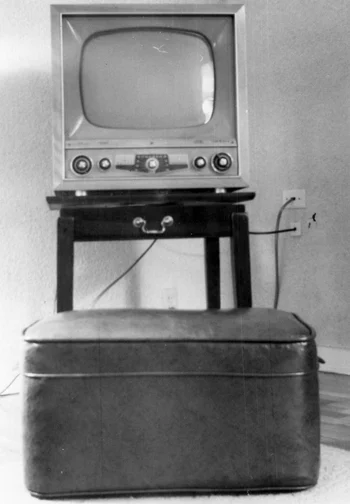 While it doesn’t take much for Google to make headlines, this week’s news that it filed applications to operate a video service in Kansas City was much more than your average “Hey look what Google did” story. From the release of Google TV to its recent YouTube redesign to the way it’s been courting professional talent for its YouTube channels, Google has been steadily inching closer to the world of cable TV and shifting its content-delivery strategy from America’s computers to America’s living rooms.
While it doesn’t take much for Google to make headlines, this week’s news that it filed applications to operate a video service in Kansas City was much more than your average “Hey look what Google did” story. From the release of Google TV to its recent YouTube redesign to the way it’s been courting professional talent for its YouTube channels, Google has been steadily inching closer to the world of cable TV and shifting its content-delivery strategy from America’s computers to America’s living rooms.
You might remember how Google got caught up in the Kansas City market to begin with–over two years ago, cities across the country jockeyed to become the test market for a high-speed Internet service called Google Fiber. One even went so far as to rename a city landmark after the tech giant. In the end, Kansas City was selected as the lucky community, but was the high-speed Internet offering a Trojan Horse for Google to break into the cable TV business?
The company is keeping a tight lid on its plans; in an email to the Kansas City Star, Google spokesperson Jenna Wandres wrote, “We’re still exploring what products will be available when we launch Google Fiber.”
Google’s application is a bit more revealing, however, stating that it “will utilize national and regional video headend facilities to send IPTV” or Internet Protocol Television, the method AT&T uses to deliver cable programming with its U-Verse service.
But whether Google is merely dipping its toes in cable’s television waters or planning a big splash, the company’s experimentation with various ways to provide video will likely pay off, says Steve Rosenbaum, the author and entrepreneur behind the video curation platform, Magnify.net.
“If you look at what they’ve done, they’ve decided to explore video from all sides, which is very smart given their resources and the shifting sands of content delivery. So they’ve purchased Motorola Mobility to be in the set top box business, they built and deployed Google TV, they’re funding content through YouTube originals. It’s all very smart because some of it will work, and they’ll get a ton of earnings in the process.”
But having the hardware and the broadband is only half the battle. Google also needs eyeballs, which means it will also need access to sportscasts and other high-quality programming that viewers still rely on cable television to provide. To secure that, Rosenbaum says the answer is simple:
“Show up with bags of cash. It’s not a whole lot more complicated than that. Rights owners know that Google is trying to shift the playing field. And there’s a long history between cable and the leagues and movie studios. Those negotiations haven’t always been warm and fuzzy, but in the end, both sides came out okay. So for Google to ask a major licensor to give cable a head-on competitor, they’ll have to more than make it worth their while.”
[Image: Flickr user ]
Recognize your brand’s excellence by applying to this year’s Brands That Matter Awards before the early-rate deadline, May 3.